Mimas tiliae
(Linnaeus, 1758)
-
 Subfamily: Smerinthinae - Smerinthini
Subfamily: Smerinthinae - Smerinthini -
 Wingspan: 65-80 mm
Wingspan: 65-80 mm -
 Flight period: Apr - Jun (Sep)
Flight period: Apr - Jun (Sep) -
 Spread: Common
Spread: Common -
 Host plants: Malvaceae (Tilia)
Host plants: Malvaceae (Tilia)
Information
The Mimas tiliae also called Lime Hawk-moth is a moth of the Sphingidae family with a wingspan of 65-80 mm.
Mimas tiliae is found throughout Europe including Iceland. *
Its range extends to the whole palearic ecozone with some reports in eastern Canada.
In Italy it is also found in Sicily, but is absent from Sardinia. *
The front wings from Mimas tiliae have a pinkish brown background color of the front wings, darker towards the margin, marked with one or two green spots
or dark brown which are sometimes fused together to form a continuous band across the center of the front wing.
The hind wings are simpler, brown or shaded ocher have the darkest anal angle.
The head is dark green, the thorax is faded light green, with dark green lateral bands, the abdomen is faded light green.
It has sexual dimorphism, as the female is usually larger, with duller colors and darker shades, and also with a round abdomen,
and well pronounced due to the presence of fully formed eggs (as in all species of Smerinthini ),
unlike the male, which appears to be greener and with a thinner and elongated abdomen.
The Mimas tiliae flies after dusk, for about a couple of hours, in the months of May and June. ***
Univoltine species may occasionally have a second generation in the months of August and September. ****
This adult species does not have a functioning mouthparts, consequently it is unable to feed.
Species attracted to light, especially males or unmated females. *****
This species is rarely found outside the deciduous wooded areas, where it prefers the open vegetation of the river valleys, rich in Tilia and Ulmus species.
It can also be found on tree-lined avenues that line suburban and urban streets and parks and warm and humid mountain walls covered with Alnus viridis. *****
It can be found up to 1500 m in the Alps. ****, *****
The mating that takes place on the top of the trees can last up to 20 hours.
The female takes flight shortly after sunset and almost immediately begins to lay eggs, up to a maximum of 130 units. *****
The eggs are ovoid of light olive green color, shiny. **
The larvae after hatching are light green, about 6 mm long and very thin, with a dark caudal horn of about one third of the length of the body. **
They wander for a while before settling on the underside of a leaf in a characteristic position. *****
With further growth, the lateral stripes become more and more prominent, turning from light yellow to dark yellow.
At the fourth stage, small red streaks may appear on the anterior side of these, which contrast vividly with a yellowish or blue-green skin, which is covered with yellow tubercles.
The horn is blue or purple dorsally, red and yellow ventrally and located over a reddish yellow tuberculous anal flap.
Before pupa, the bright green color gradually changes to a dull greenish pink on the underside; the red marks fade and the upper surface takes on a
greyish brown hue in which the now cream tubercles stand out. *****
The pupa is very dark brown in color with a reddish, rough and non-shiny tinge, unlike most sphingids.
The pupa is normally at the base of the host tree, under a carpet of grass or sometimes, damp, dead leaves and flat stones. **, *****
The larvae feed on Malvaceae, in particular on Tilia (lime tree) but also on Prunus, Betula, Alnus glutinosa, Alnus incana, Ulmus glabra. ******
* Lepidoptera mundi https://lepidoptera.eu/ - Fauna Europea https://fauna-eu.org/
** Bestimmungshilfe für die in Europa nachgewiesenen Schmetterlingsarten - http://lepiforum.de/ -
*** "CATE Creating a Taxonomic eScience - Sphingidae". Cate-sphingidae.org.
**** Roland Robineau, Guide de papillons nocturne de France, Delachaux et Niestlé, 2011 p. 31
***** Sphingidae of the Western Palaearctic - by A.R. Pittaway - https://tpittaway.tripod.com/sphinx/m_til.htm
****** Moths and Butterflies of Europe and North Africa - https://leps.it/
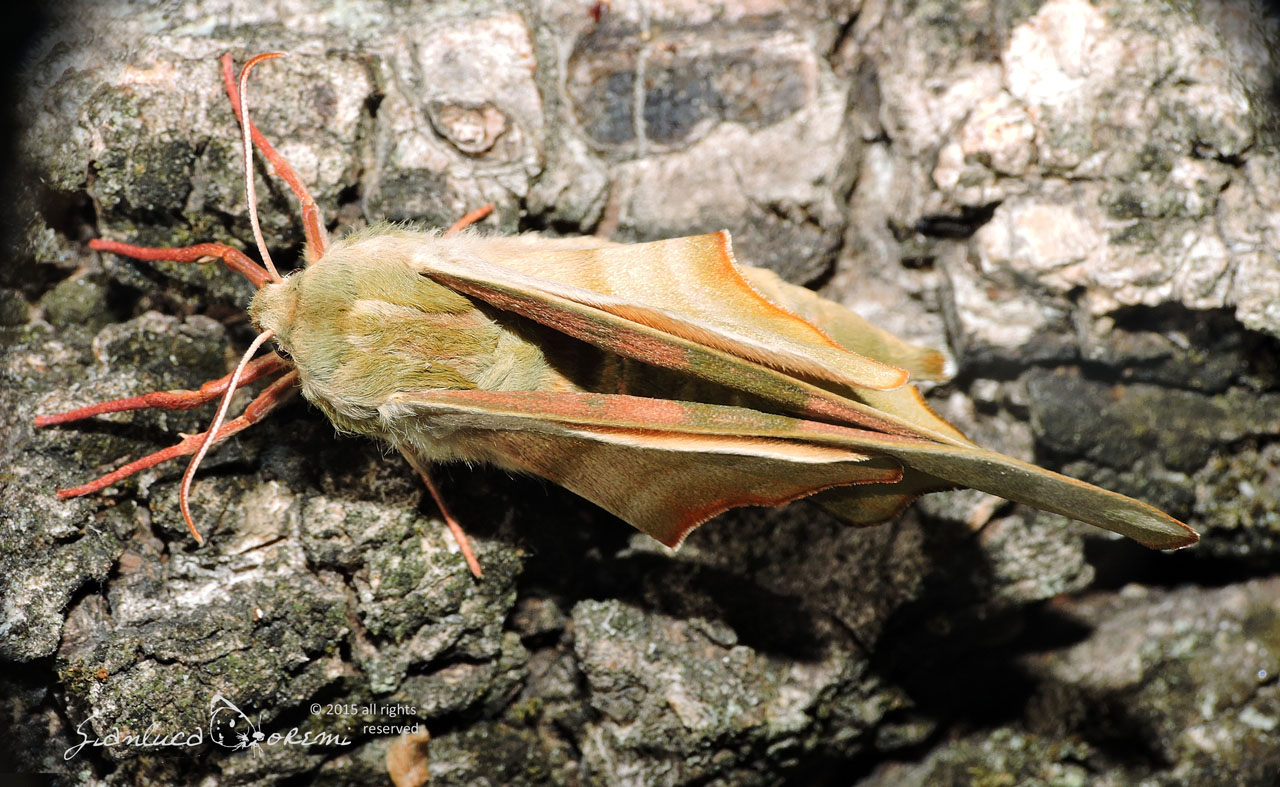
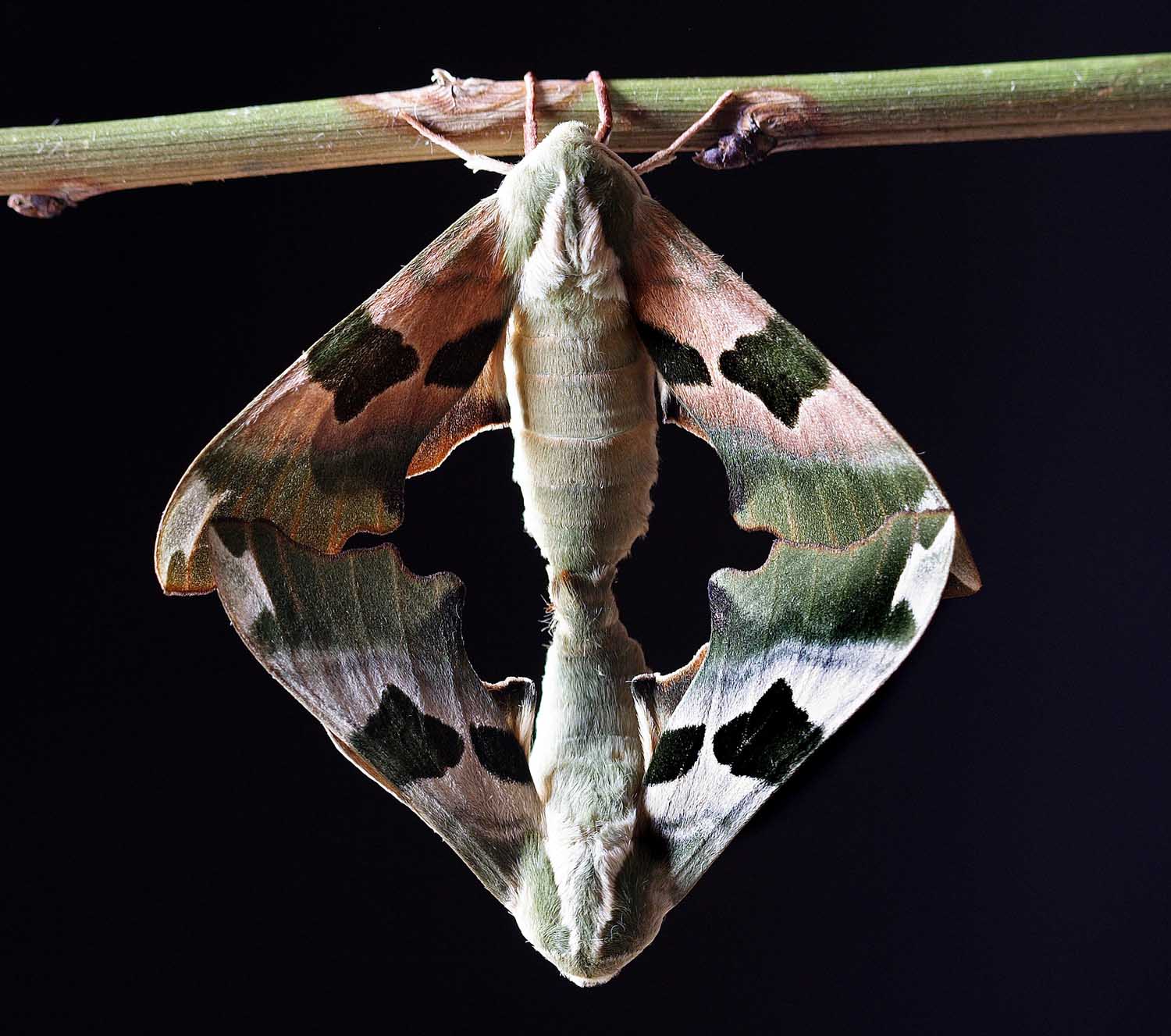
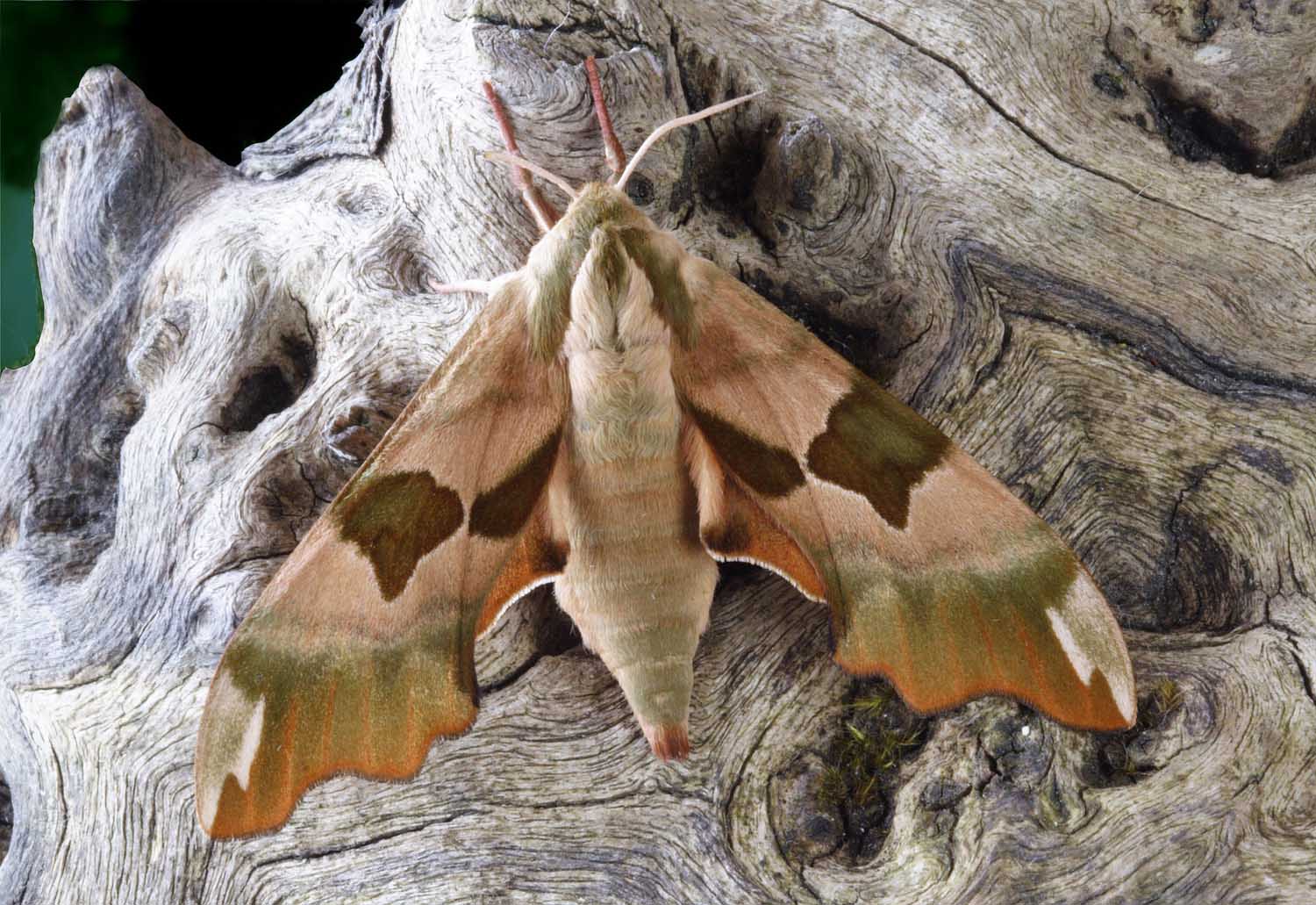
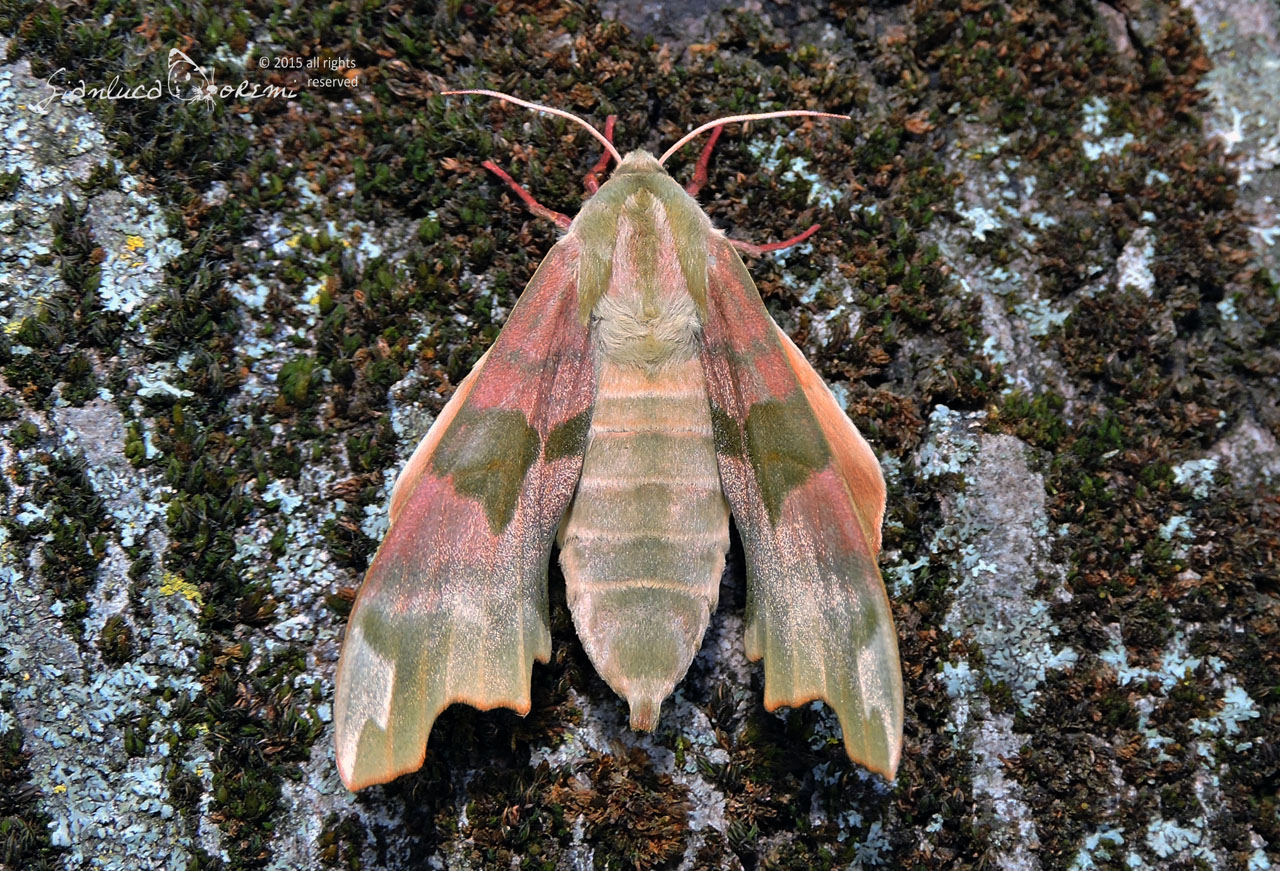
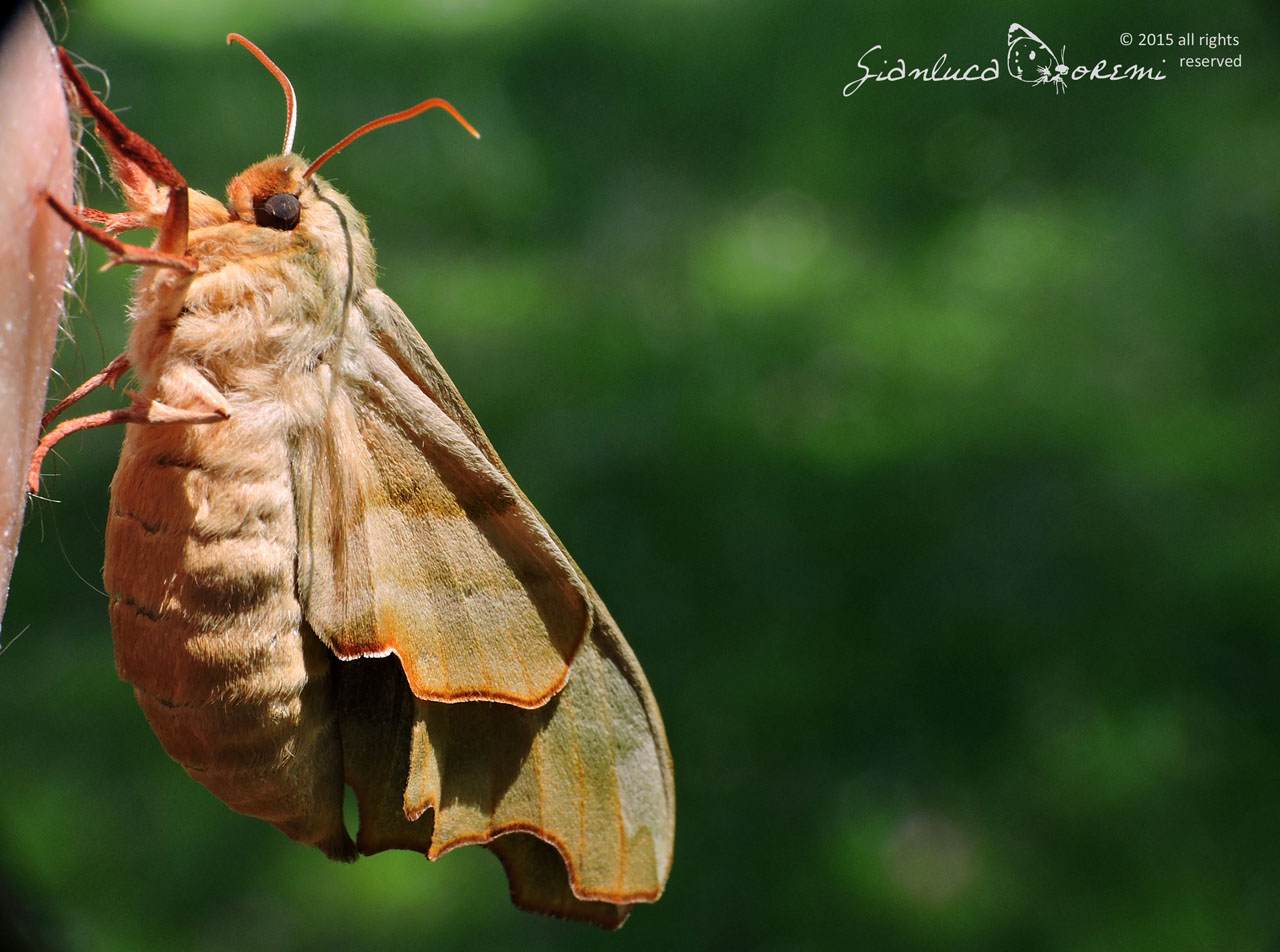
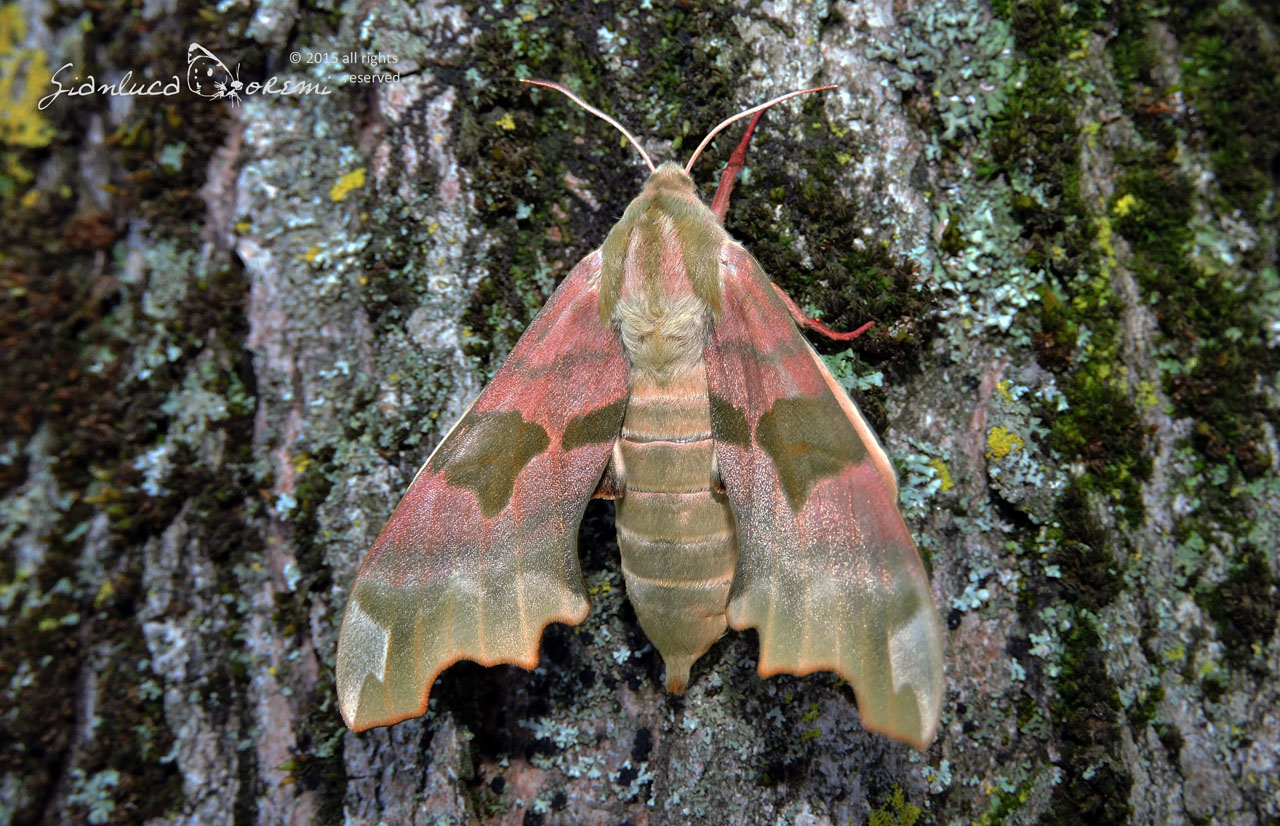
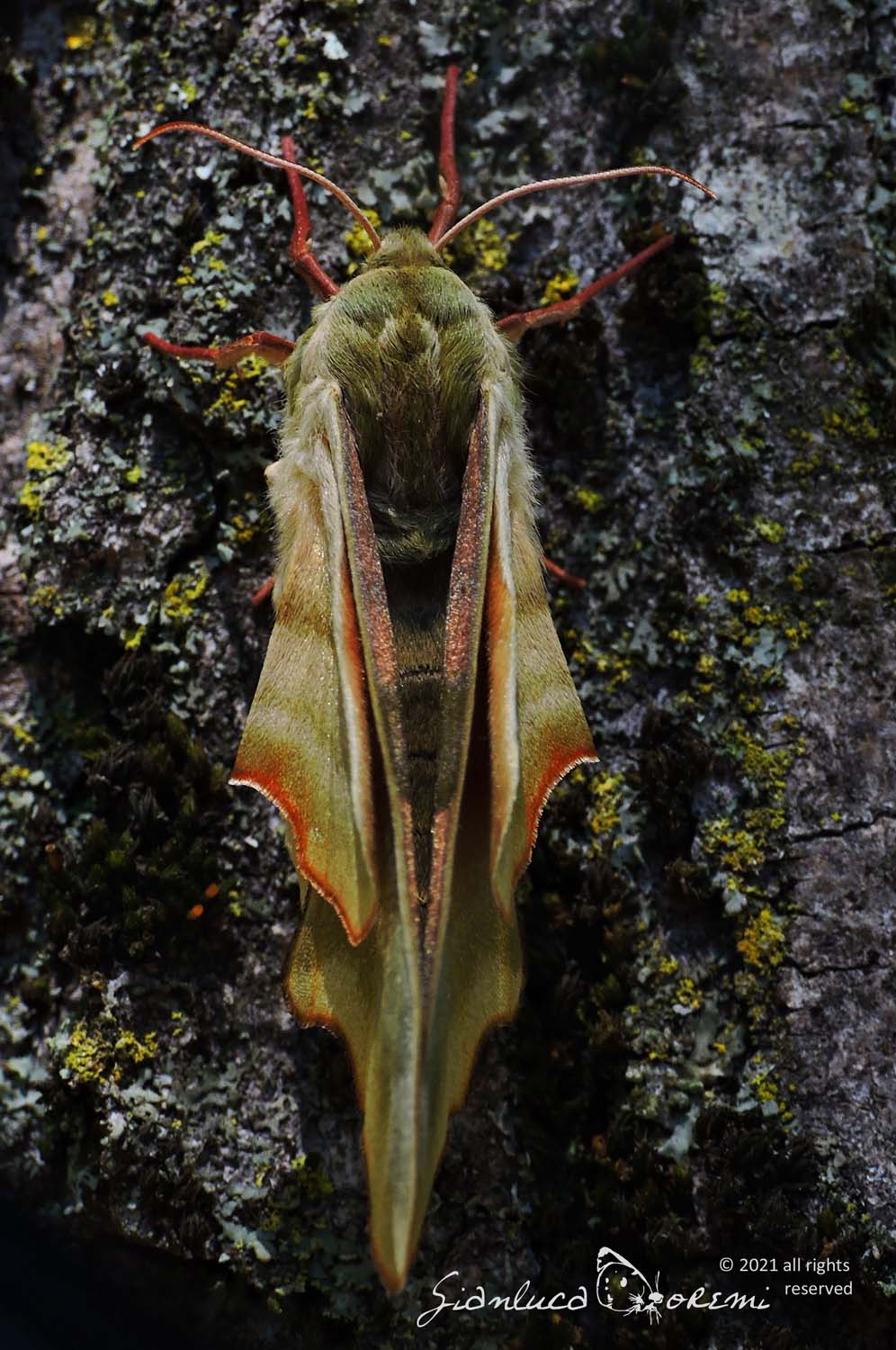

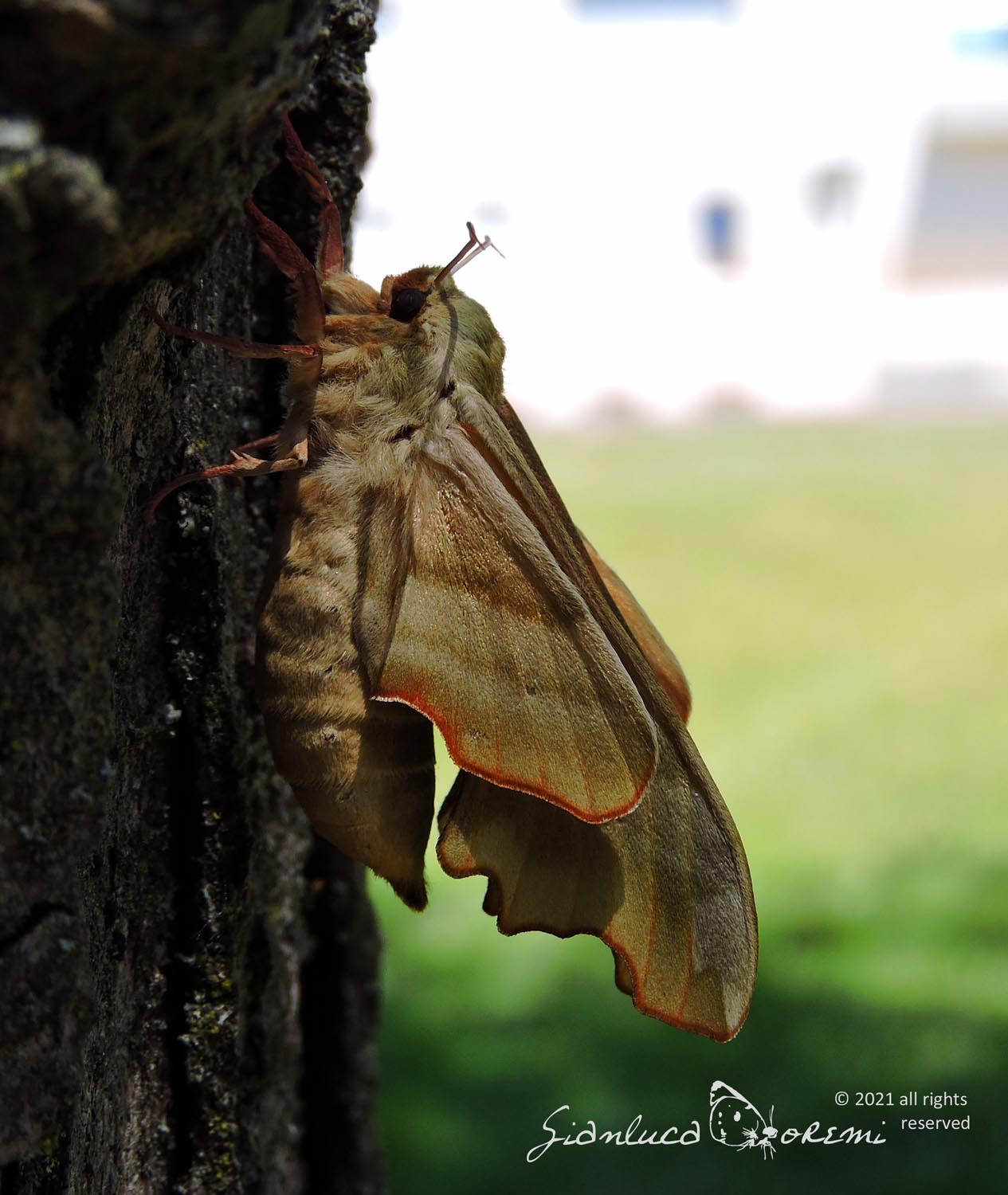

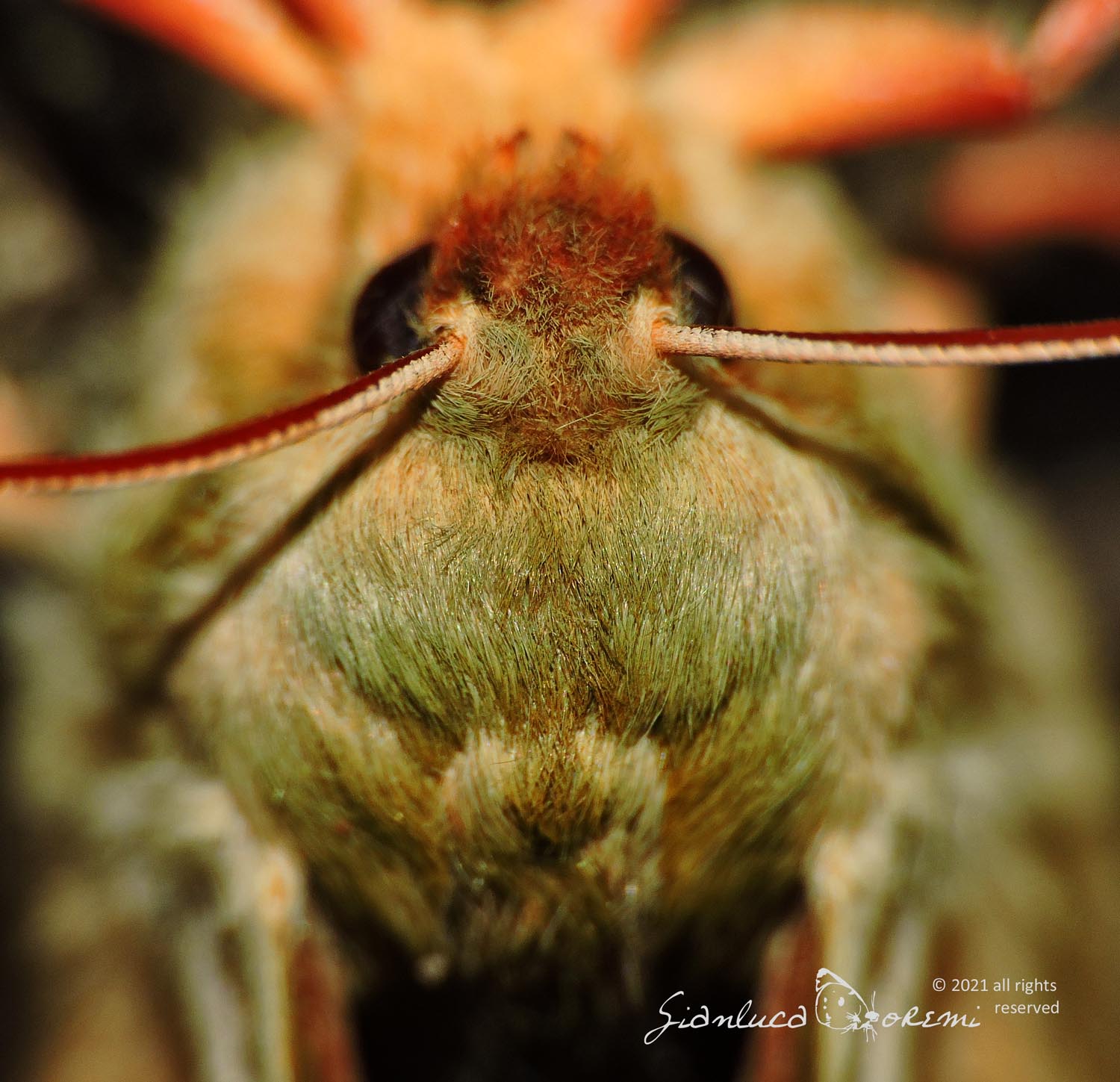


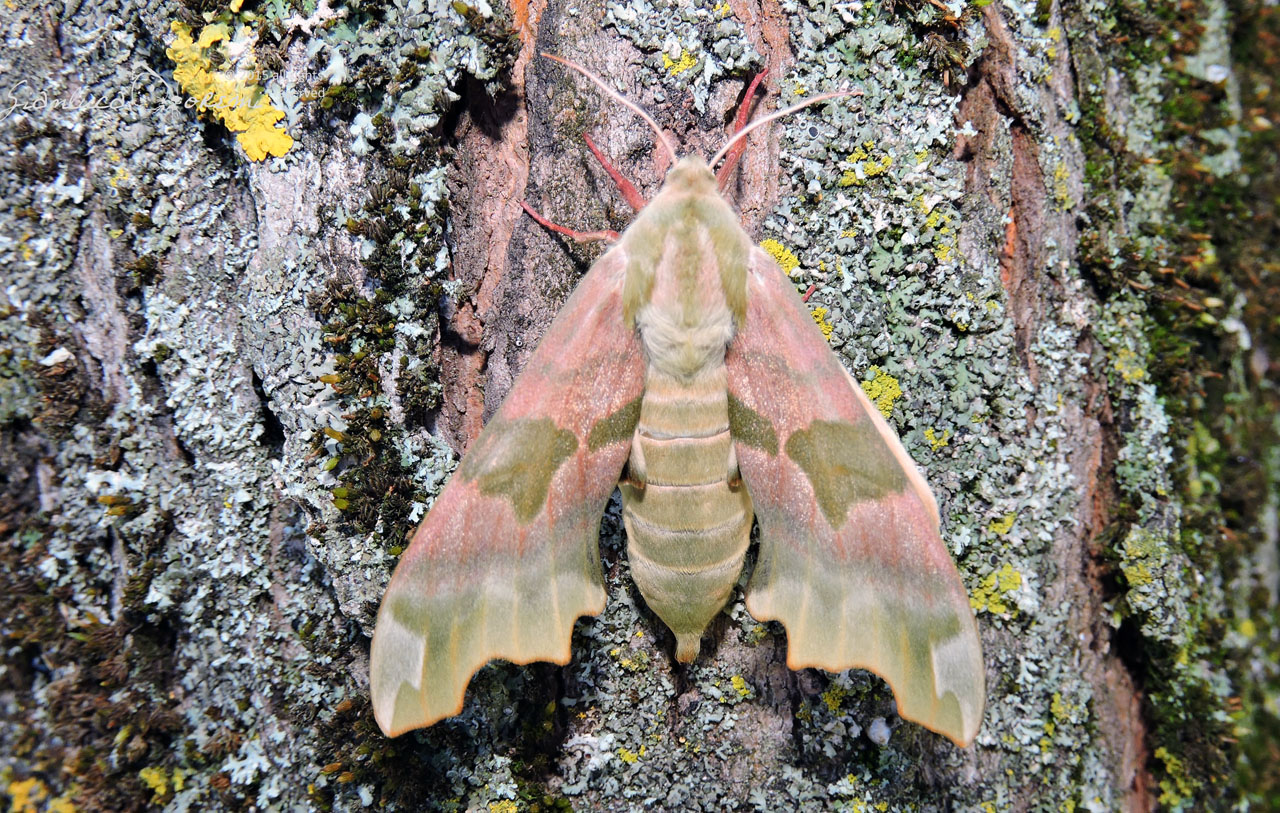
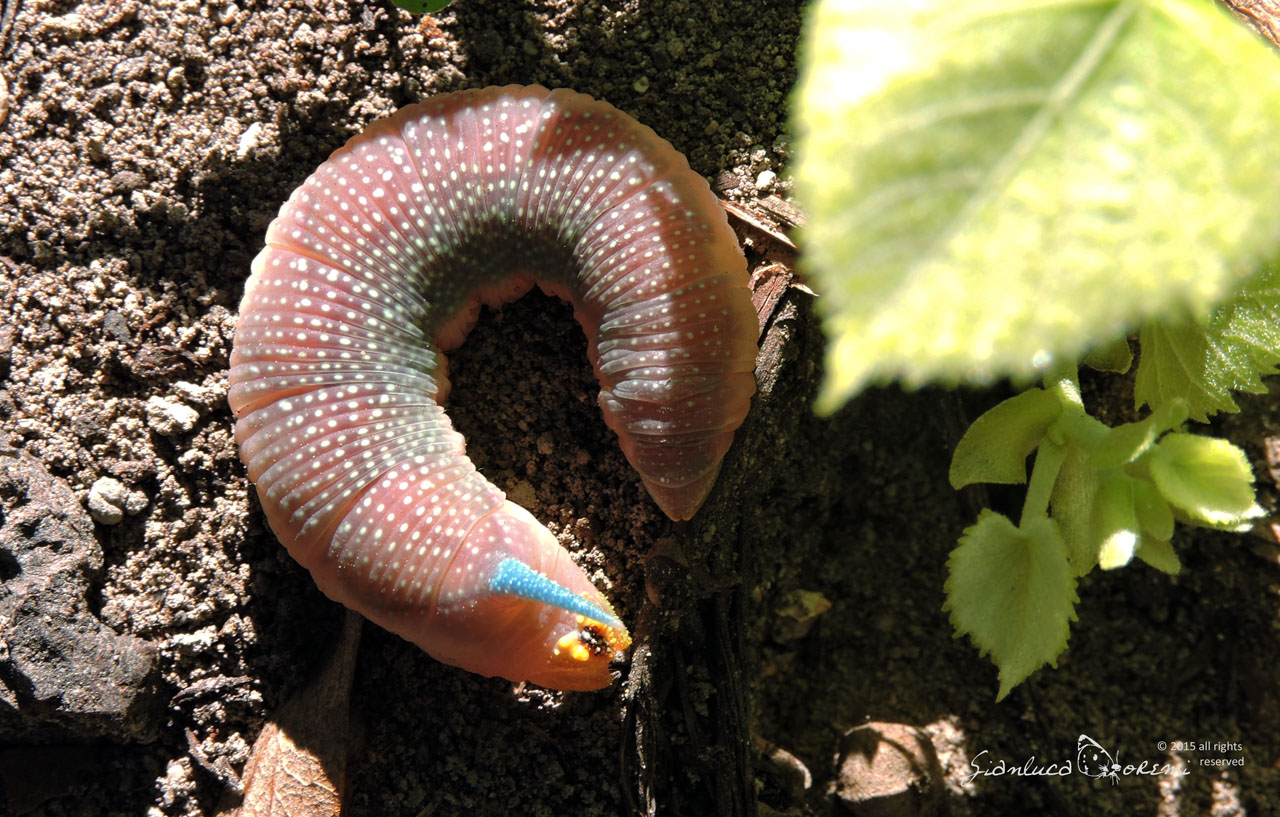

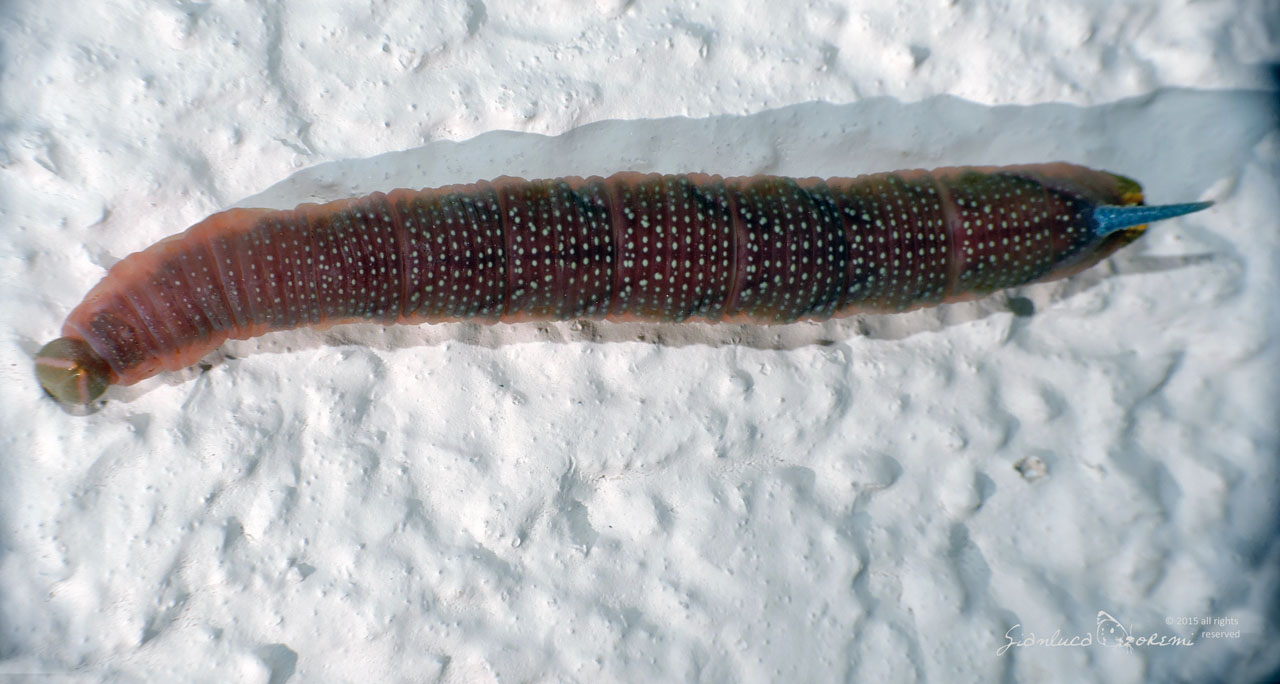
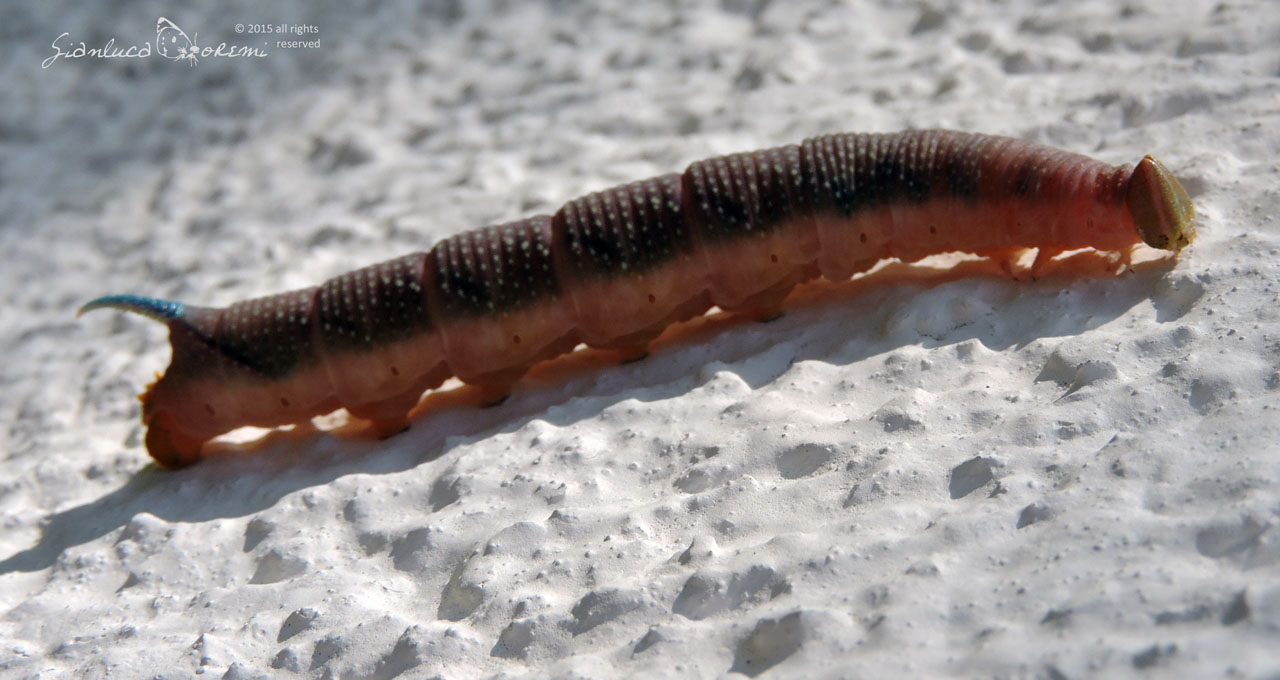
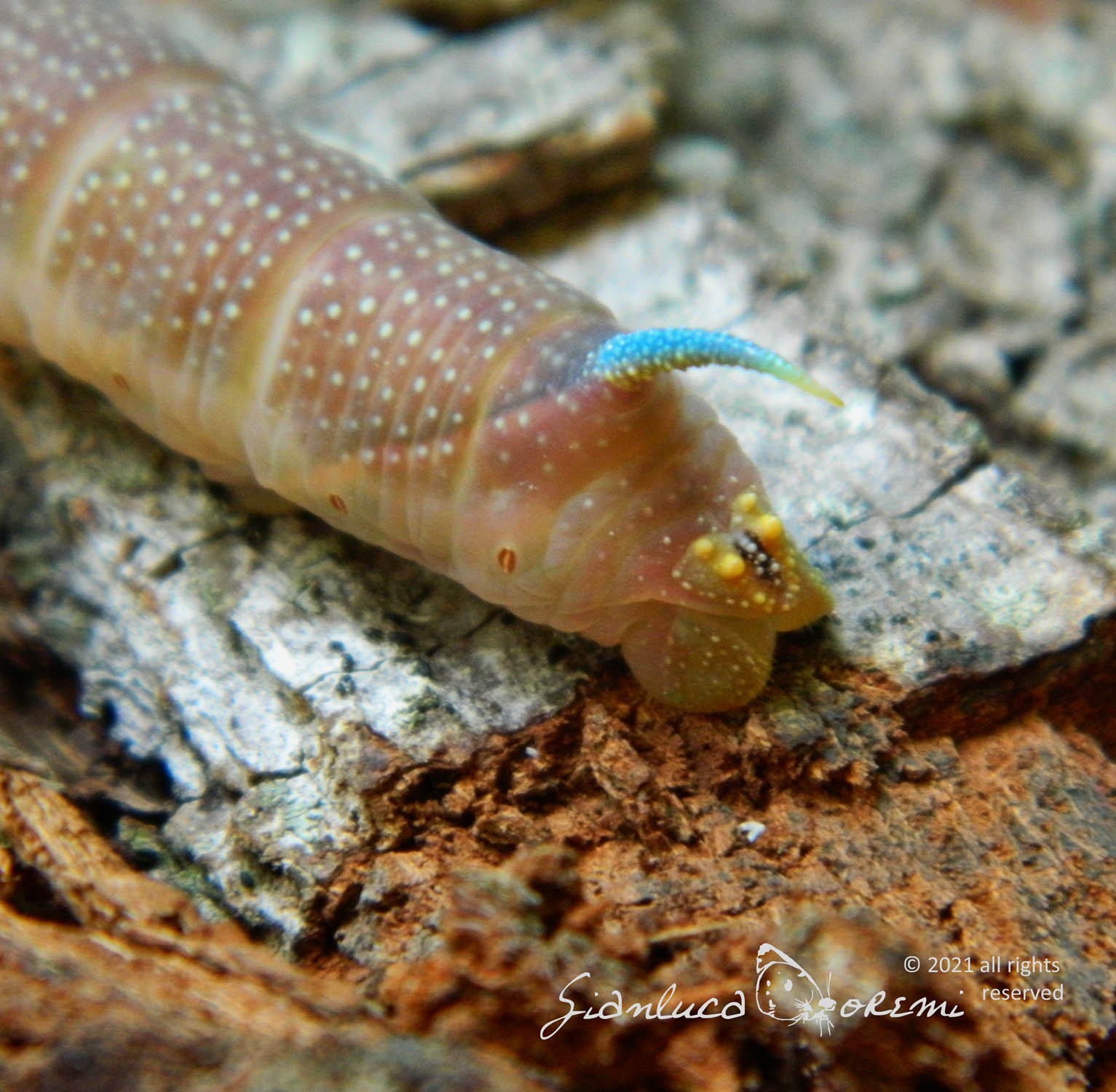



 EN
EN ITA
ITA
Social and publications